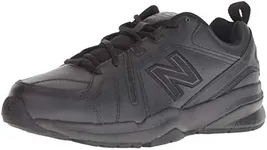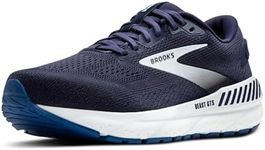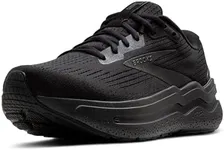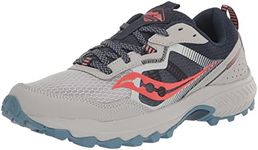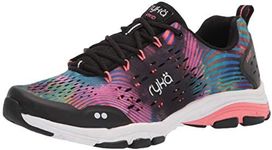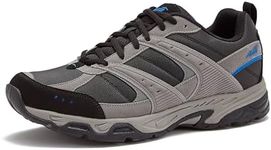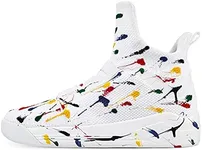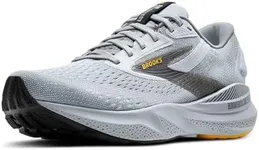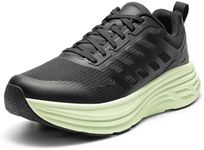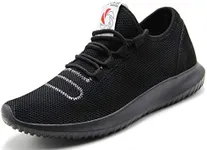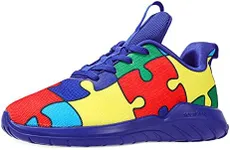Buying Guide for the Best Cross Training Shoes For Wide Feet
Choosing the right cross-training shoes is essential for anyone who engages in a variety of physical activities, especially if you have wide feet. The right pair of shoes can provide the necessary support, comfort, and durability to enhance your performance and prevent injuries. When selecting cross-training shoes, it's important to consider several key specifications to ensure you get the best fit for your needs. Here are the key specs to look out for and how to navigate them.WidthWidth is a crucial spec for those with wide feet. It refers to the measurement across the ball of the foot. Shoes come in various widths, typically ranging from narrow (N) to extra wide (XW). For wide feet, you should look for shoes labeled as wide (W) or extra wide (XW). Ensuring the right width will prevent discomfort and potential foot problems. To pick the right width, try on shoes at the end of the day when your feet are at their largest, and make sure there is enough room to wiggle your toes.
Arch SupportArch support is the support provided under the arch of your foot. It is important because it helps distribute pressure evenly and can prevent foot pain and injuries. Arch support can vary from low to high. If you have flat feet or low arches, look for shoes with low to moderate arch support. If you have high arches, opt for shoes with higher arch support. Consider your foot type and any previous foot issues when choosing the level of arch support.
CushioningCushioning refers to the padding provided in the shoe to absorb impact. This is important for comfort and reducing the strain on your feet and joints during high-impact activities. Cushioning can range from minimal to maximum. If you engage in high-impact activities like running or jumping, look for shoes with more cushioning. For lower-impact activities, moderate cushioning may be sufficient. Choose the level of cushioning based on the type of activities you do and your personal comfort preference.
StabilityStability in cross-training shoes refers to the shoe's ability to support your foot and prevent excessive movement. This is important for maintaining balance and preventing injuries during lateral movements and weightlifting. Stability features can include a firm heel counter, a wide base, and supportive overlays. If you perform a lot of lateral movements or lift heavy weights, look for shoes with enhanced stability features. Consider your training routine and the types of movements you perform when selecting for stability.
BreathabilityBreathability refers to how well the shoe allows air to circulate, keeping your feet cool and dry. This is important for comfort and preventing blisters and odor. Breathable shoes typically have mesh uppers or ventilation holes. If you tend to sweat a lot or train in hot environments, look for shoes with good breathability. Consider the climate and your personal comfort when choosing the level of breathability.
DurabilityDurability refers to how long the shoe will last under regular use. This is important for getting the best value and ensuring your shoes can withstand the rigors of cross-training. Durable shoes often have reinforced areas, high-quality materials, and strong construction. If you train frequently or engage in intense activities, look for shoes with higher durability. Consider how often you train and the intensity of your workouts when selecting for durability.
